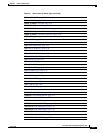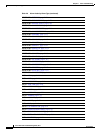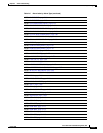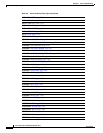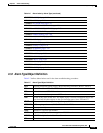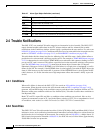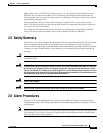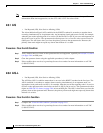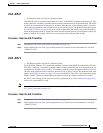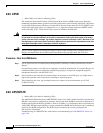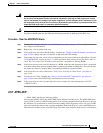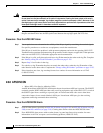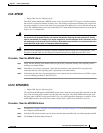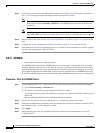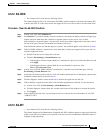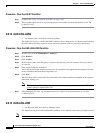
2-17
Cisco ONS 15327 Troubleshooting Guide, R3.4
March 2004
Chapter 2 Alarm Troubleshooting
Alarm Procedures
2.6.3 AIS-P
• Not Reported (NR), Non-Service Affecting (NSA)
The AIS Path (AIS-P) condition means there is an error in the SONET overhead at the path layer. The
AIS-P condition is secondary to another alarm occurring simultaneously in an upstream node. The AIS-P
is caused by an incomplete circuit path, for example, when the port on the reporting node is in service
(IS), but a node upstream on the circuit does not have its port in service. The upstream node often reports
an LOS (OC-N) alarm (see page 2-84) or has an OC-N port OOS. The AIS-P clears when the primary
alarm on the upstream node is cleared. However, the node with the primary alarm might not report any
alarms to indicate it is at fault. AIS-P occurs at each node on the incoming OC-N path.
Procedure: Clear the AIS-P Condition
Step 1 Complete the “Clear the AIS Condition” procedure on page 2-16.
Step 2 If the condition does not clear, log onto http://www.cisco.com/tac for more information or call TAC
(1-800-553-2447).
2.6.4 AIS-V
• Not Reported (NR), Non-Service Affecting (NSA)
The AIS Virtual Tributary (VT) condition means there is an error in the SONET overhead at the VT layer.
The AIS-V condition is secondary to another alarm occurring simultaneously in an upstream node. An
incomplete circuit path causes an AIS-V, for example, when the port on the reporting node is in service
(IS) but a node upstream on the circuit does not have its OC-N port in service. The upstream node often
reports an LOS (OC-N) alarm (see page 2-84) or has an OOS port. The AIS-V clears when the primary
alarm is cleared. The node with the OOS port might not report any alarms to indicate it is at fault.
An AIS-V error message on the electrical card is accompanied by an AIS-P condition (see page 2-17)
on the cross connected OC-N card.
Note If the AIS-V occurred on an XTC-28-3 unused circuit, complete the “Clear AIS-V on XTC-28-3 Unused
VT Circuits” procedure on page 1-67.
Procedure: Clear the AIS-V Condition
Step 1 Complete the “Clear the AIS Condition” procedure on page 2-16.
Step 2 If the condition does not clear, log onto http://www.cisco.com/tac for more information or call TAC
(1-800-553-2447).



